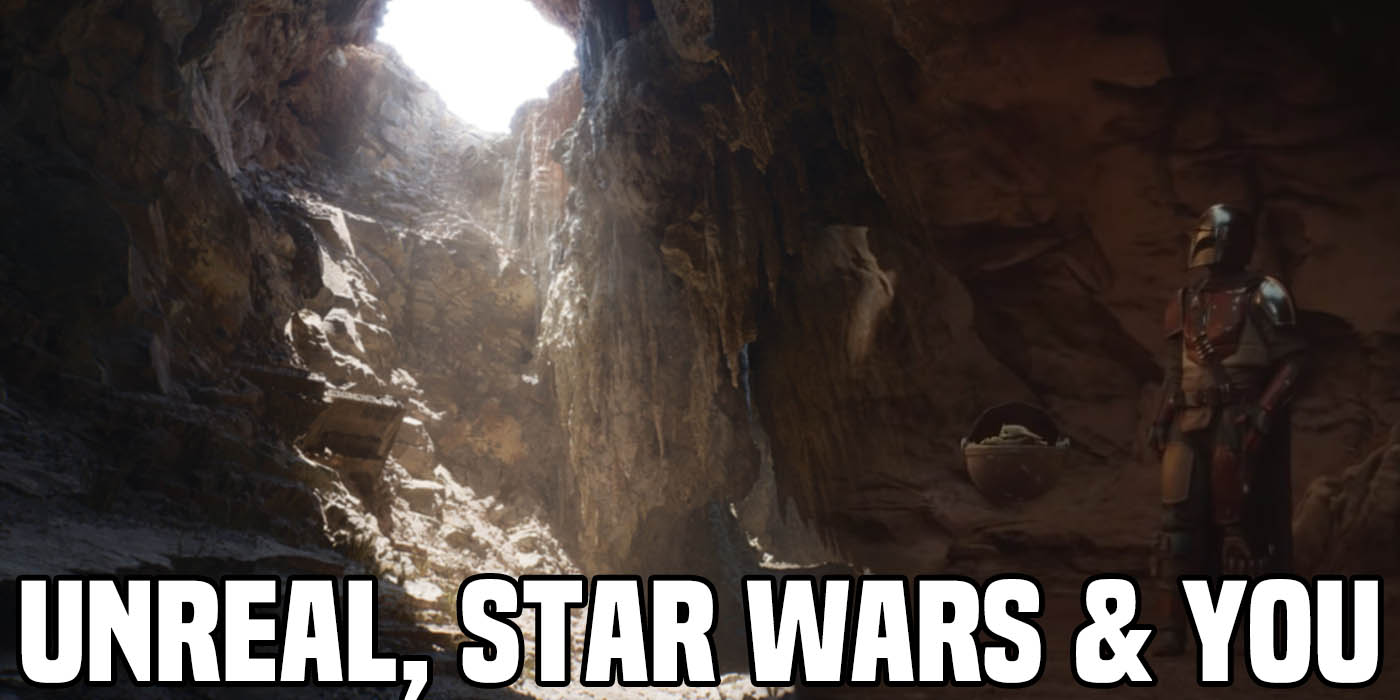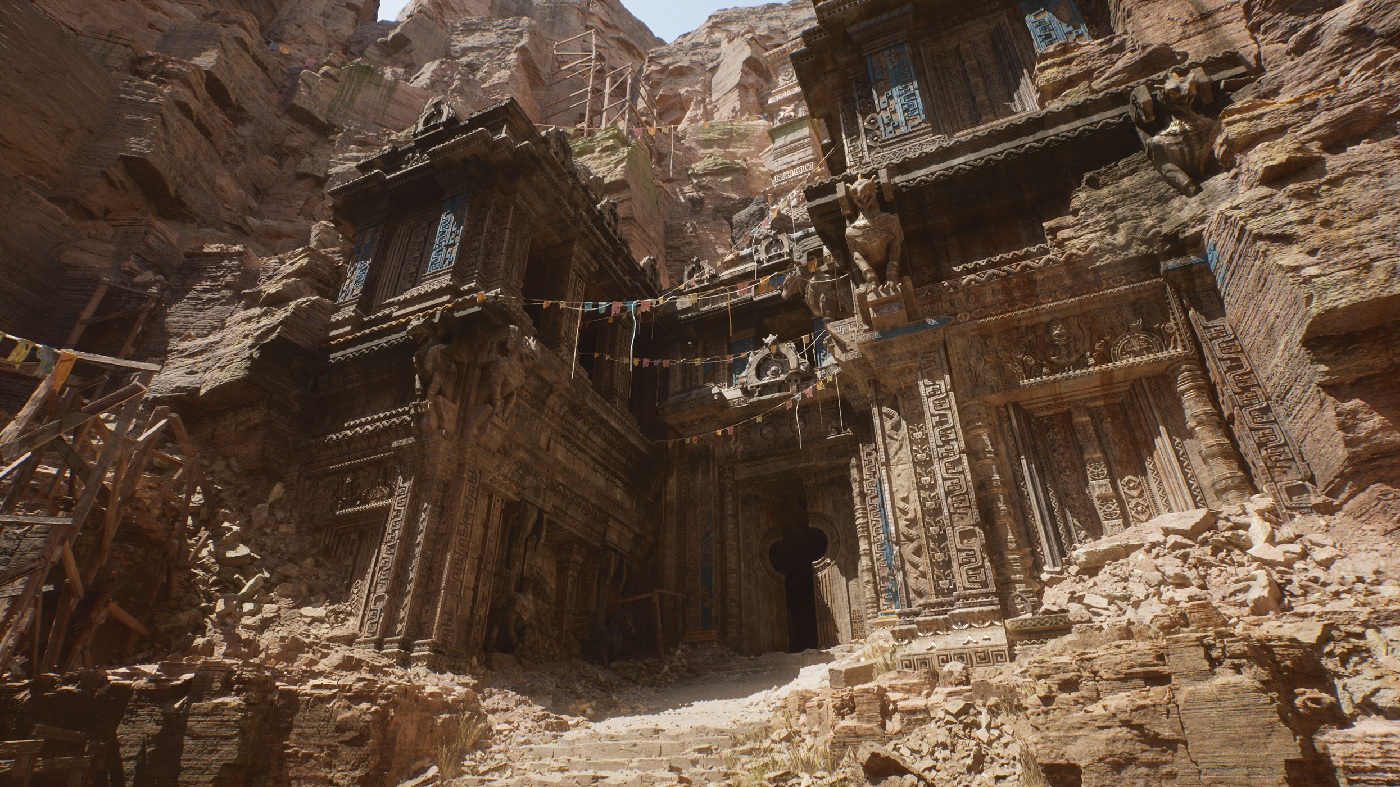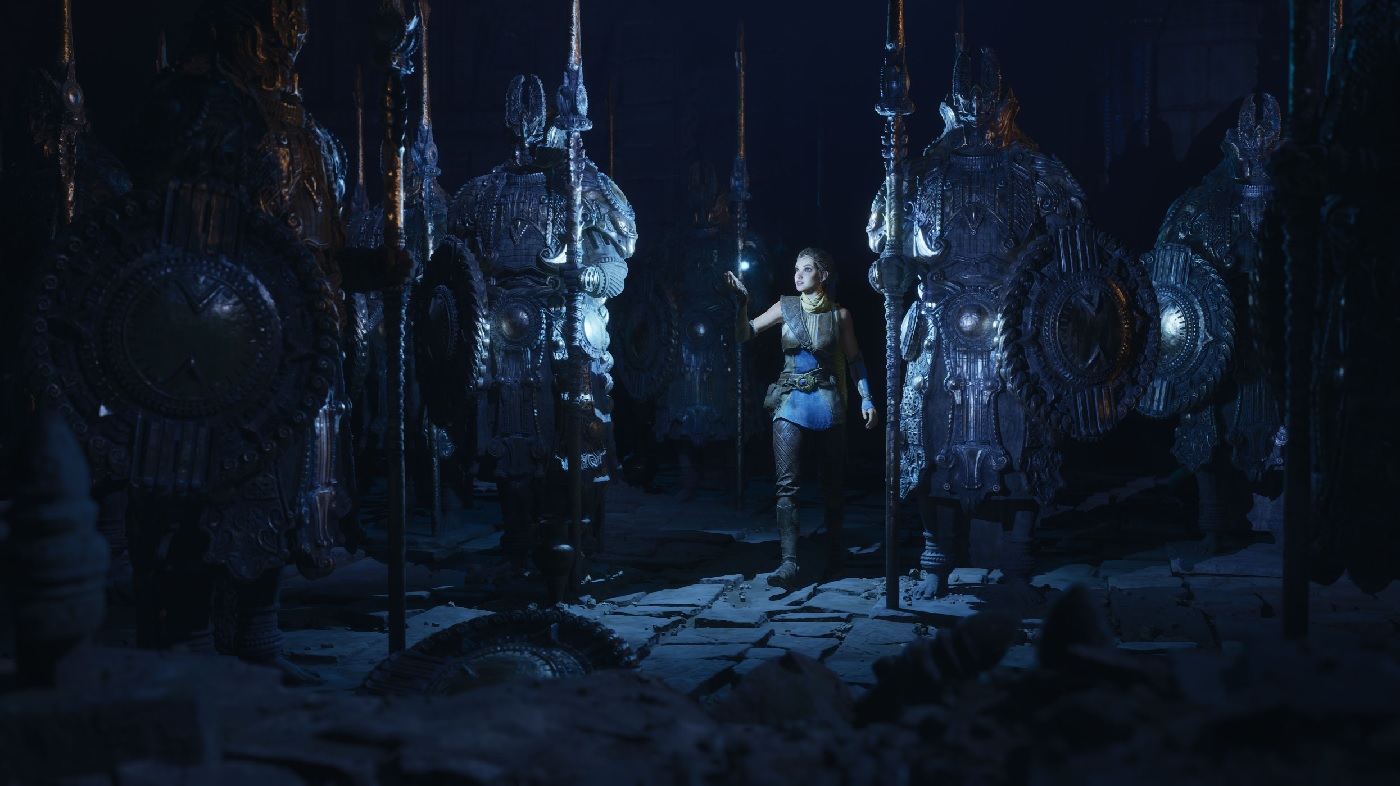Unreal Engine 5, Star Wars & You


Epic released a Demo of the Unreal Engine 5 and it looks amazing. Get ready for a new generation of awesome visuals.
If you didn’t know or missed the news, Epic – the company behind the Unreal Engine (and some game called Fortnite) – released a demo of the new Unreal Engine 5 running on a ‘Playstation 5’ and it’s stunning:
This is really impressive stuff. Epic says in their demo was running on a ‘Playstation 5’ which probably is a Devkit. But what’s so cool about the Unreal Engine is that it’s system agnostic. In their blog post about it, they are working with Sony, Microsoft and “dozens of game developer and publishers” on their tech. They are hoping to bring this to folks in early 2021 and want to support “next-generation consoles, current-generation consoles, PC, Mac, iOS, and Android.”
Basically, it doesn’t matter which console you’re playing on or if you’re on PC, Mac, iOS or Android – the Unreal Engine 5 will work for you. But it’s not just gaming that is going to benefit from this engine – Movies and TV shows will, too. Did you know that the Unreal Engine is already being used in Star Wars – specifically the Mandalorian?
Surprise. And it’s only going to get better and better. What makes this tech so cool is more than a few factors – but in the Demo, Epic highlighted some of key players.
First up is Nanite. This is the tech behind the “virtualized micropolygon geometry” – which is a fancy way of saying it makes stuff look detailed. While it’s a lot of marketing speak, essentially what this does is that it allows 3D models imported from ZBrush, CAD or photogrammetry scans to be imported to the engine and they just work. “Nanite geometry is streamed and scaled in real time so there are no more polygon count budgets, polygon memory budgets, or draw count budgets” – for the rest of us, that means there is no loss in quality.
Next up is Lumen. This is the tech behind the lighting. “The system renders diffuse interreflection with infinite bounces and indirect specular reflections in huge, detailed environments, at scales ranging from kilometers to millimeters.” What does that translate to? Amazing and realistic looking lighting effects for your visuals. It also means that light doesn’t have to be “fixed” as they showcase in the demo. The engine can update the lighting real-time the scene will adjust accordingly.
There are other things working behind the scenes, too. “The demo also showcases existing engine systems such as Chaos physics and destruction, Niagara VFX, convolution reverb, and ambisonics rendering.” All of this adds up to amazing visuals and immersive environments.
Hollywood is already integrating this tech to help them produce visuals faster than ever before – and they look just as good! The Maladorian might have been the first but it certainly won’t be the last show that takes advantage of this tech. Are we on the cusp of playing games that look like the cinematics? We’re getting closer for sure…
The Unreal Engine is a weird intersection of games, media, and geek-culture. I can’t wait to see what developers and producers end up doing with this technology!’
Epic, ILM, and Disney? Yeah that’s going to change more than just ‘the game‘…








